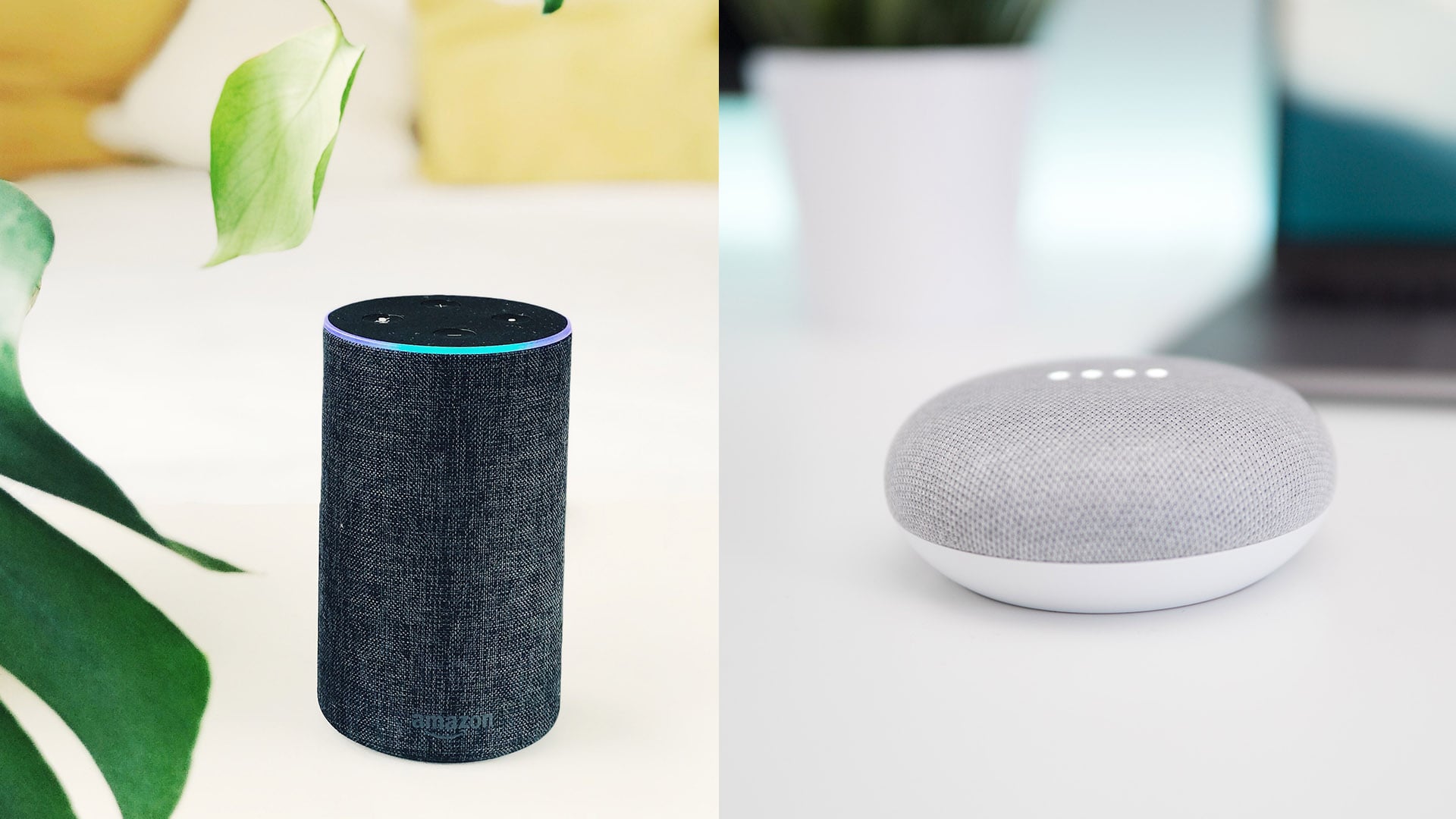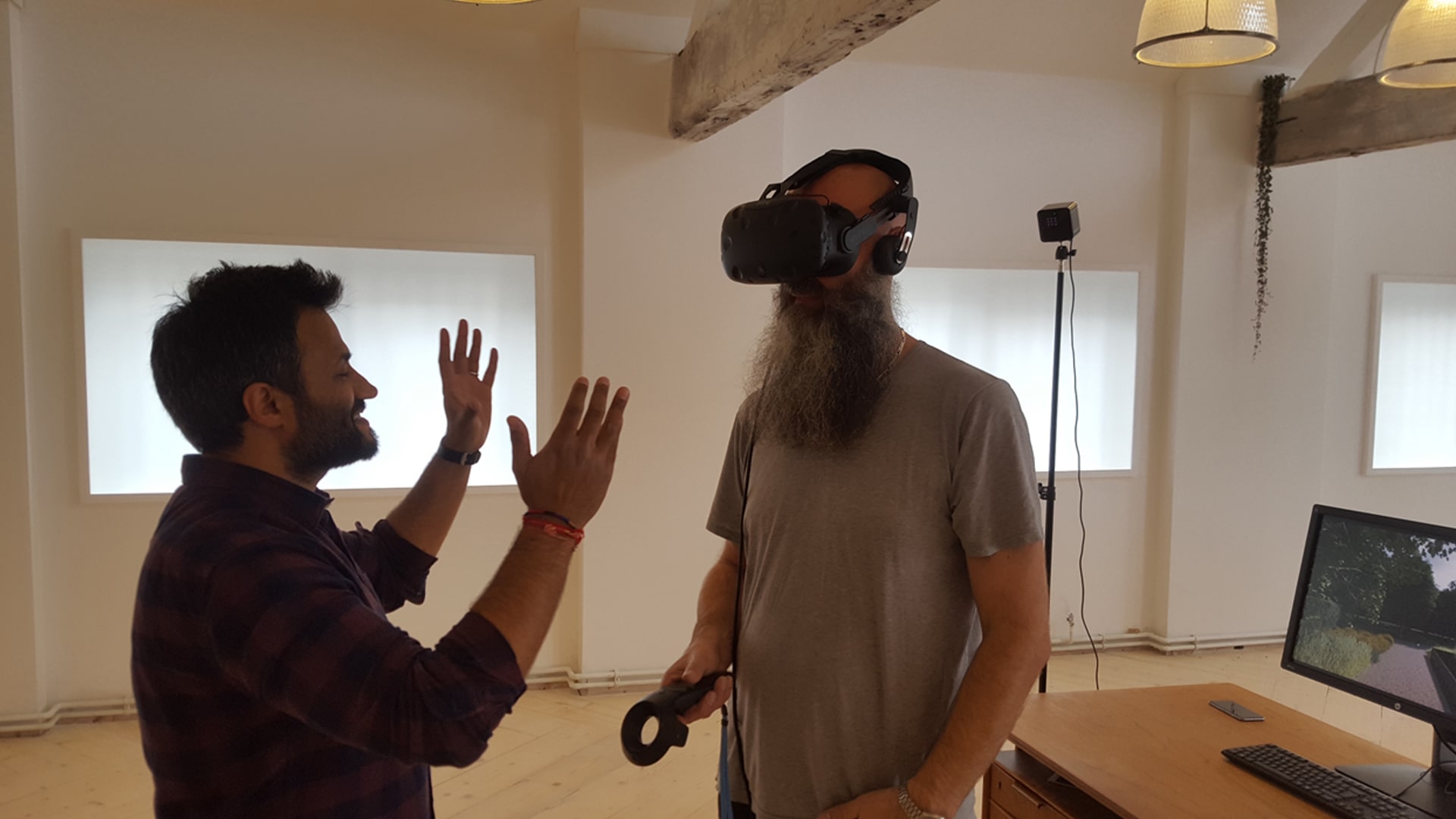Insights
The lighting revolution: let’s go out and play.
Controls are no longer in control.
Having worked in the lighting industry for more than 25 years, there is nothing that fascinates me more than to look at my architectural lighting colleague’s faces, while fronting the question: What about lighting controls? This bland, soft and uninspiring question separates the wheat from the chaff in the lighting community.
The creative side of lighting design has always feared that question, for the simple reason that it opened a very technical (or so they wanted everyone to believe!) Pandora’s Box that would clash with creative aspirations.
The truth? Things have already changed. Controls are not in control anymore.
Since LED technology was refined for architectural applications more than 10 years ago, controls have been holding lighting design back, but this is changing now. The big players have moved into the lighting market: Google, Netflix, Windows, Amazon and Apple. They have hacked into the lighting controls market and are already dominating it.

We have been “algorithmatised”… but, there is nothing to fear – it simply means a revolution in lighting that we’ve never seen before!
So what will our role as designers be when this revolution happens?
I am very optimistic about this; the belief that “ideas are cheap” is over. Our creative input is what will keep lighting designers alive; if everything technical is possible, our creativity is all that matters.
Many of our long-lasting friends will disappear: we will soon say goodbye to light switches and dimmer racks, and hopefully to DALI as protocol, as we did in our private life with VCR, DVD players, incandescent lightbulbs, CDs, and many other friends. It is not that lighting controls are disappearing; they are changing and this will allow lighting design to reach a moment of unparalleled flexibly.
Lighting design has arrived at the era of unlimited dreams, through the limitless controls systems of the future.
We will have the capacity to truly transform our environments. Not only that, technology will allow us to represent our work visually in a realistic way right from the start. We can already programme our scenes and visualise them before they ever get built. We can look at them in 3D and use virtual reality to assist our design.

The revolution will also be a group effort. Lighting is not on its own anymore; it’s integrated into other disciplines, especially when it comes to immersive experiences.
The ‘lighting’ designer of the future won’t be singular; it will be a conglomerate of people working together.
Like building a Lego model with friends, each part of the design team will put blocks into the model and the model will then get built. We are turning into experience designers; more and more, we need our colleagues from other fields to collaborate in creating these experiences.
Most importantly, we need to listen and interpret what people want. Understanding the requirements of people is the starting point of any design. With limitless tools, we don’t need to spend our time explaining what cannot be done or why; we just need to listen to what is required and feedback accordingly using our professional and artistic judgement.
Say hello, wave goodbye.
So long my dear rotary light switch, farewell my dear DALI driver, auf wiedersehen my non-dimmable luminaire, goodbye lighting designers…
Hello experience designer.
Let’s go out and play; the revolution is upon us.

